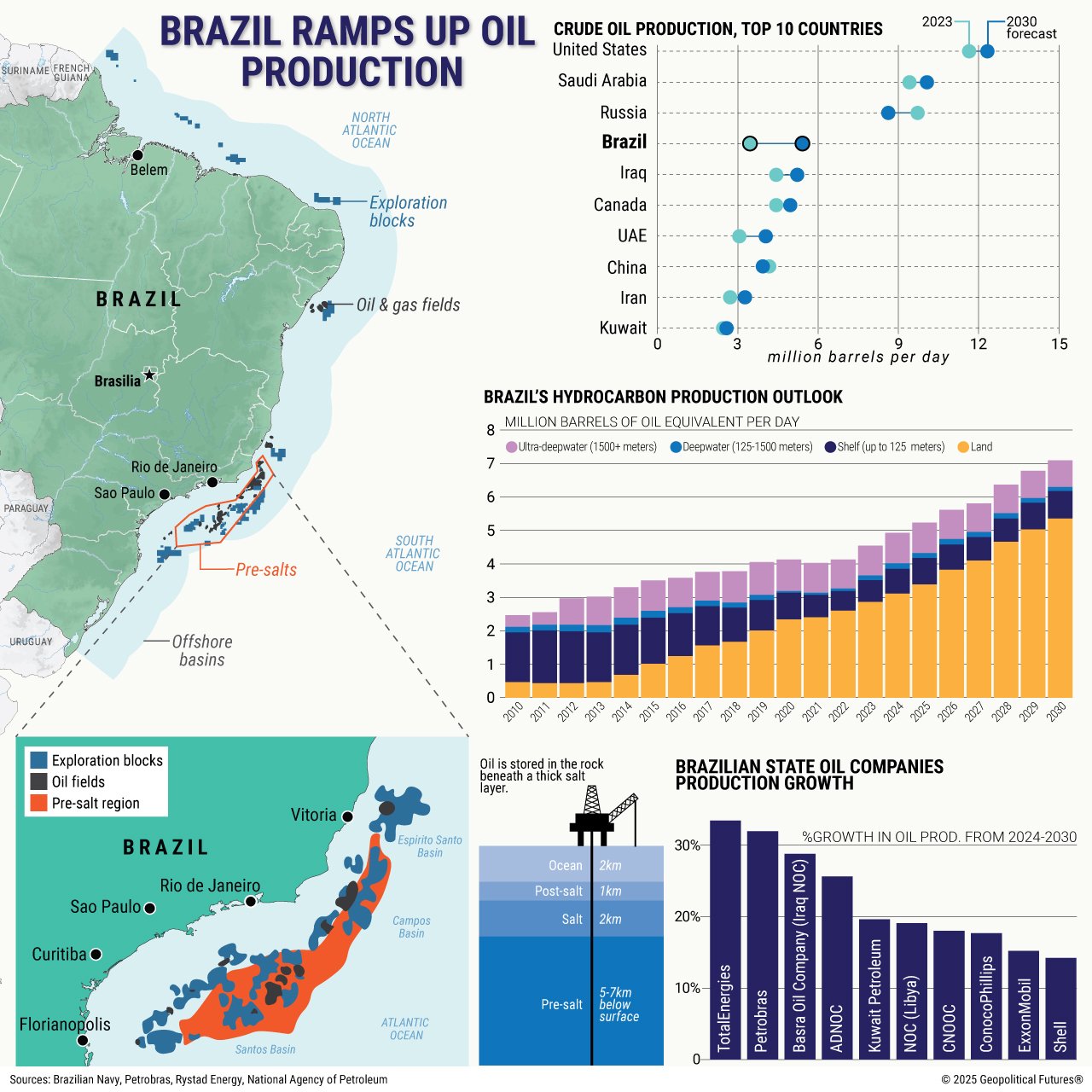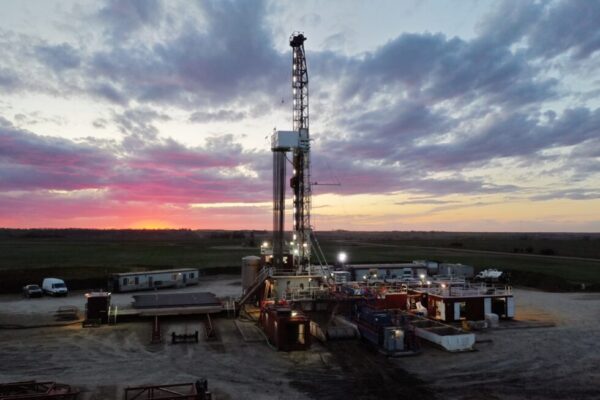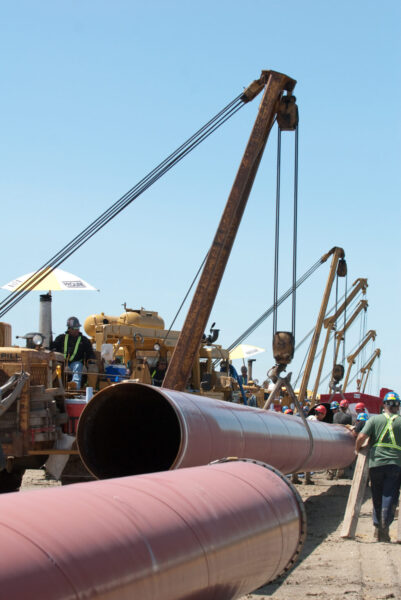Bloomberg: IEA Now Says Oil Consumption Could Keep Growing to 2050
The International Energy Agency further tempered its stance on an imminent peak in oil demand, reinstating a scenario in which global consumption keeps growing to the middle of the century.
While oil demand was set to plateau or fall this decade in all three scenarios the IEA examined last year, the latest report reintroduces a “Current Policies Scenario” in which consumption rises 13% by 2050. The stronger outlook hinges on a slower pace of electric vehicle adoption.
The revival of the CPS after a five-year hiatus marks the latest revaluation of oil’s long-term prospects by the agency and the wider energy industry. It also comes at a time when the White House is held by an administration that both champions fossil fuels and attacks renewable energy sources.
Forecasts from the Paris-based IEA — established following the 1973 oil shock — are used globally as a benchmark by governments and energy companies for planning policy and investments. The agency’s analysis may provide sobering reading for delegates gathering in Brazil this week for the United Nations-sponsored climate talks known as COP30.
The report on Wednesday is another shift in tone for the agency, which in September said that billions of dollars need to be invested in new oil and gas supplies — having previously drawn fire for saying that such investment was incompatible with climate goals. Republican lawmakers have assailed the agency and sought to cut its funding.
Continue reading →









